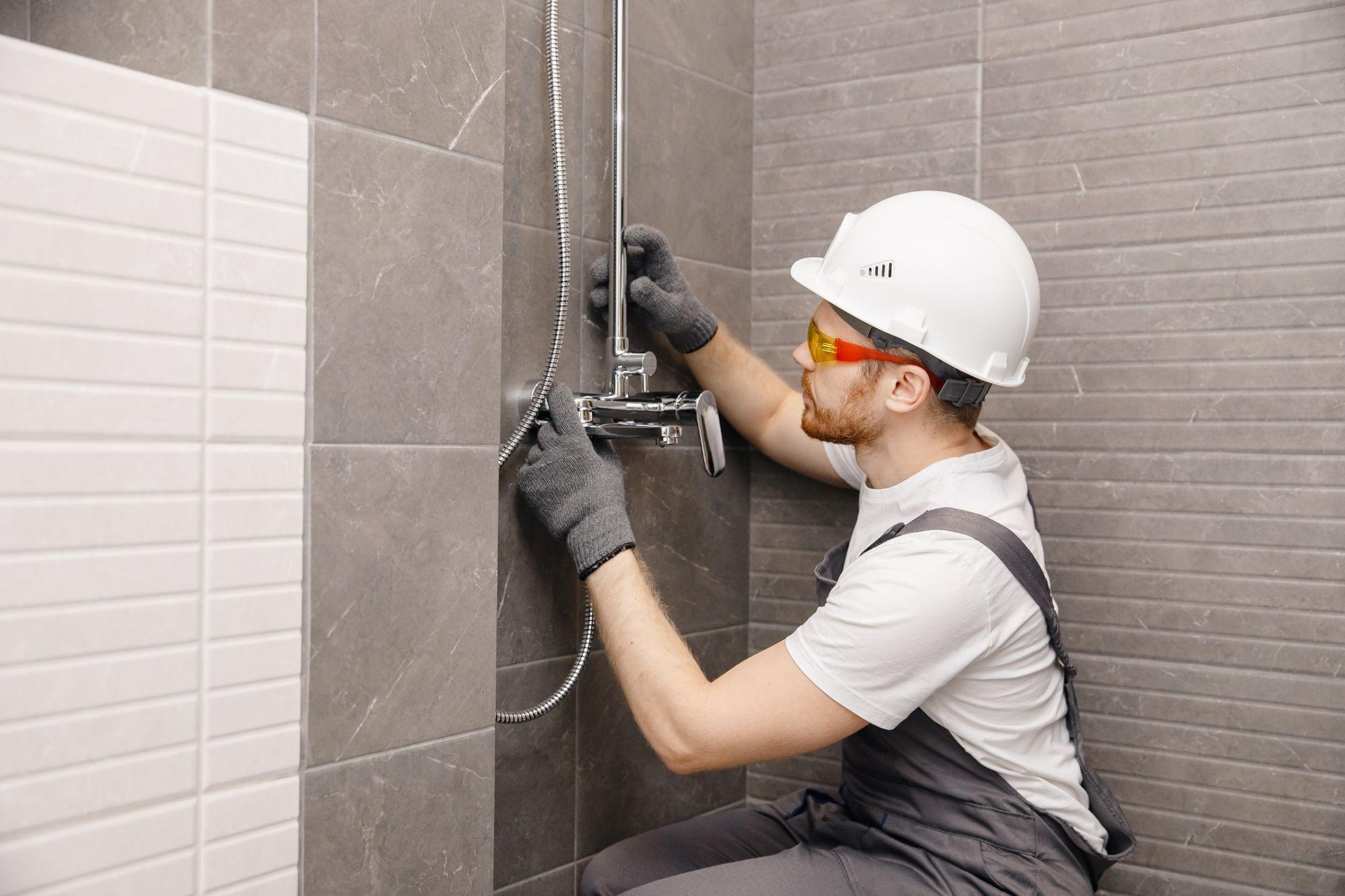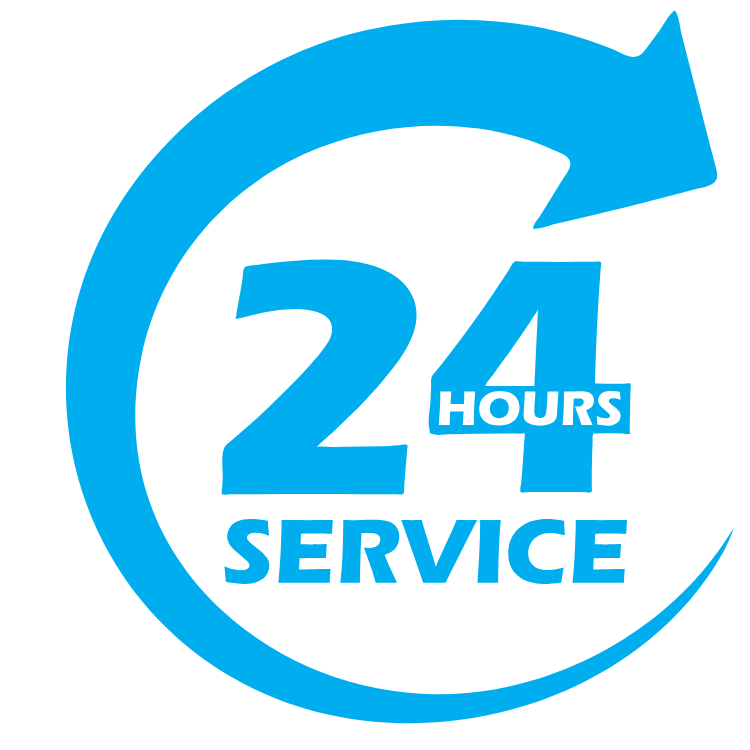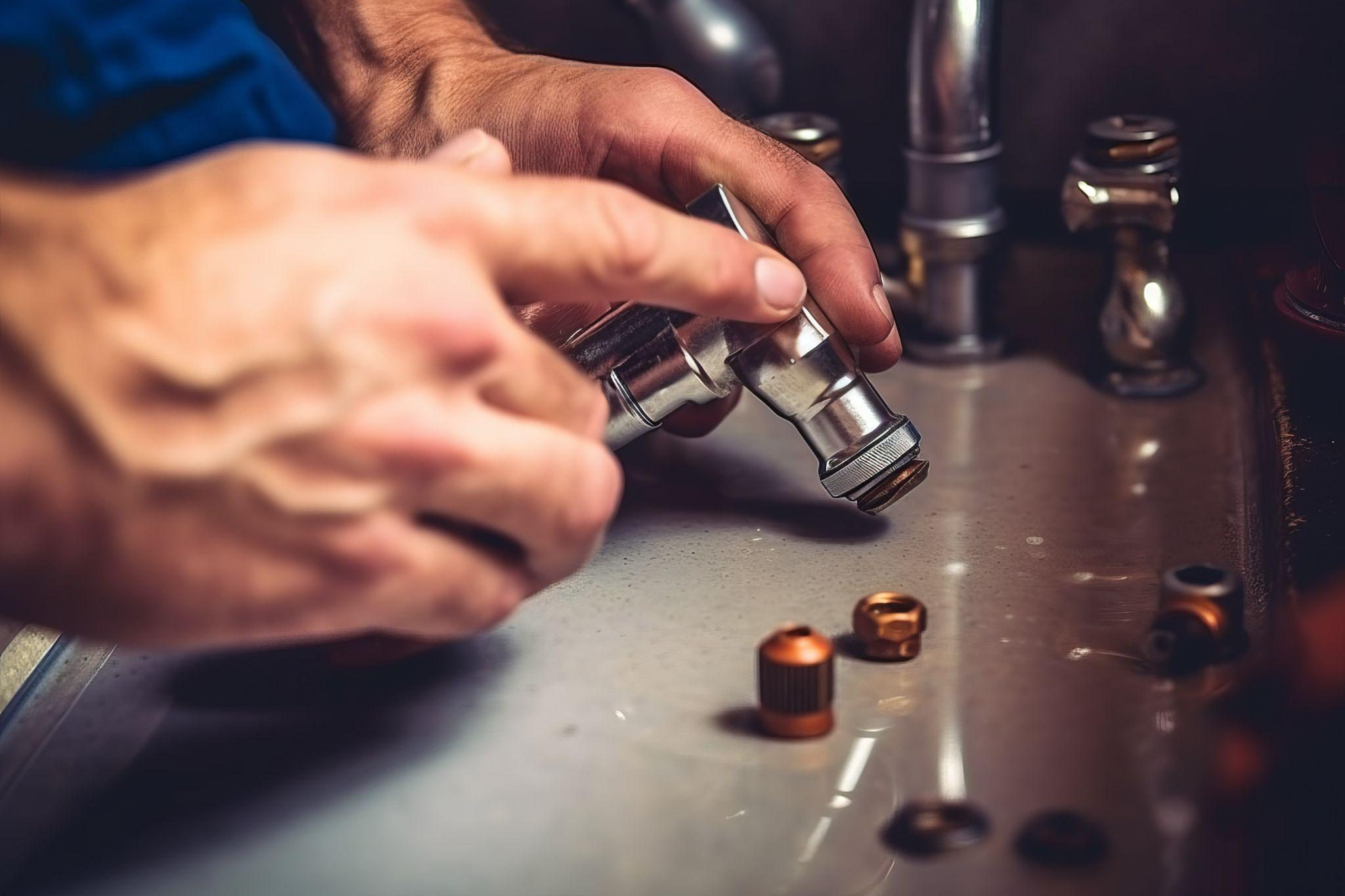LICENSED, INSURED & BONDED SINCE 1985 WITH 35 YEARS OF EXPERIENCE • (818) 483-0139
We are excited to share our knowledge to help you create efficient and reliable plumbing systems in your home. We’re covering the essential aspects of planning and installing water supply lines, drain-waste-vent (DWV) systems, and strategically placing fixtures while adhering to local building codes.
Our commitment to integrity, honesty, and high-quality workmanship drives us to provide you with the best plumbing solutions at transparent and affordable rates. Let’s embark on this journey together to ensure optimal performance and efficiency for your plumbing systems.
 At Lynch Plumbing, plumbing is in our blood. Started by Tommy Lynch, who began his plumbing journey at just 8 years old, we bring decades of experience and a family-oriented approach to every project. Now, with his daughter Amanda as a business partner, we continue to serve communities with a foundation of trust and dedication to exceptional service.
With the expertise and values that define Lynch Plumbing, your dream home’s plumbing system can become a reality. Careful planning, adherence to building codes, and high-quality workmanship are our promises to you. We take pride in being your lifelong partner for all your plumbing needs, delivering confidence and peace of mind in every project.
Call us at (818) 773-9514 to schedule an appointment and experience the Lynch Plumbing difference. Let’s build a home that stands the test of time with a plumbing system designed for optimal performance and efficiency, avoiding costly water damage and repairs.
At Lynch Plumbing, plumbing is in our blood. Started by Tommy Lynch, who began his plumbing journey at just 8 years old, we bring decades of experience and a family-oriented approach to every project. Now, with his daughter Amanda as a business partner, we continue to serve communities with a foundation of trust and dedication to exceptional service.
With the expertise and values that define Lynch Plumbing, your dream home’s plumbing system can become a reality. Careful planning, adherence to building codes, and high-quality workmanship are our promises to you. We take pride in being your lifelong partner for all your plumbing needs, delivering confidence and peace of mind in every project.
Call us at (818) 773-9514 to schedule an appointment and experience the Lynch Plumbing difference. Let’s build a home that stands the test of time with a plumbing system designed for optimal performance and efficiency, avoiding costly water damage and repairs.
Planning Your Plumbing System
A well-planned plumbing system is the backbone of any home. Here are some crucial steps to consider:- Understanding Water Needs: Assess your family’s water needs, including current and potential future usage. Consider factors like the number of occupants, appliances, and outdoor fixtures that require water supply.
- Local Building Codes: Familiarize yourself with local plumbing codes and regulations to ensure your system meets safety and legal requirements. Lynch Plumbing is well-versed in California’s codes and can help you navigate these regulations.
- System Layout: Work with a professional plumber to create a detailed layout of your plumbing system. This includes mapping out water supply lines, sewer lines, and venting systems.
Water Supply Lines and Water Pressure
Efficient water supply lines and proper water pressure are crucial for consistent water distribution. Here’s what you need to know:- Material Selection: Choose suitable materials for your water supply lines, such as copper, PEX, or CPVC, based on budget and specific needs.
- Water Pressure Considerations: Optimal water pressure ensures that fixtures function correctly without any issues. Properly sized water lines and pressure regulators can help achieve this.
- Water Damage Prevention: Quality installations and regular inspections can prevent water leaks that lead to costly water damage.
Drain-Waste-Vent (DWV) Systems
An efficient DWV system ensures the safe removal of wastewater and prevents harmful gasses from entering your home. Consider the following:- Slope and Venting: Plan for proper slope in drain pipes to allow gravity to assist in wastewater flow. Additionally, ensure proper venting to prevent airlocks and maintain the integrity of the trap seals.
- Repairs or Replacements: Timely repairs or replacements of damaged or aging components can prevent issues like clogs and backups.
Fixture Placement and Hot Water Efficiency
Strategic fixture placement enhances convenience and comfort in your home. Keep these tips in mind:- Kitchen and Bathroom Layout: Optimize the placement of kitchen sinks, bathroom vanities, and toilets for efficient use and traffic flow.
- Water Heater Considerations: The location of your water heater can impact hot water efficiency and reduce wait times for hot water at fixtures.
Types of Pipes
Understanding different types of pipes can help you make informed decisions during plumbing projects. Here are some common ones:- Copper Pipe: Known for their durability and resistance to corrosion, copper pipes are a popular choice for water supply lines.
- PEX and CPVC: These flexible plastic pipes are cost-effective alternatives to copper and are suitable for various plumbing
The Lynch Plumbing Legacy
 At Lynch Plumbing, plumbing is in our blood. Started by Tommy Lynch, who began his plumbing journey at just 8 years old, we bring decades of experience and a family-oriented approach to every project. Now, with his daughter Amanda as a business partner, we continue to serve communities with a foundation of trust and dedication to exceptional service.
With the expertise and values that define Lynch Plumbing, your dream home’s plumbing system can become a reality. Careful planning, adherence to building codes, and high-quality workmanship are our promises to you. We take pride in being your lifelong partner for all your plumbing needs, delivering confidence and peace of mind in every project.
Call us at (818) 773-9514 to schedule an appointment and experience the Lynch Plumbing difference. Let’s build a home that stands the test of time with a plumbing system designed for optimal performance and efficiency, avoiding costly water damage and repairs.
At Lynch Plumbing, plumbing is in our blood. Started by Tommy Lynch, who began his plumbing journey at just 8 years old, we bring decades of experience and a family-oriented approach to every project. Now, with his daughter Amanda as a business partner, we continue to serve communities with a foundation of trust and dedication to exceptional service.
With the expertise and values that define Lynch Plumbing, your dream home’s plumbing system can become a reality. Careful planning, adherence to building codes, and high-quality workmanship are our promises to you. We take pride in being your lifelong partner for all your plumbing needs, delivering confidence and peace of mind in every project.
Call us at (818) 773-9514 to schedule an appointment and experience the Lynch Plumbing difference. Let’s build a home that stands the test of time with a plumbing system designed for optimal performance and efficiency, avoiding costly water damage and repairs. 





